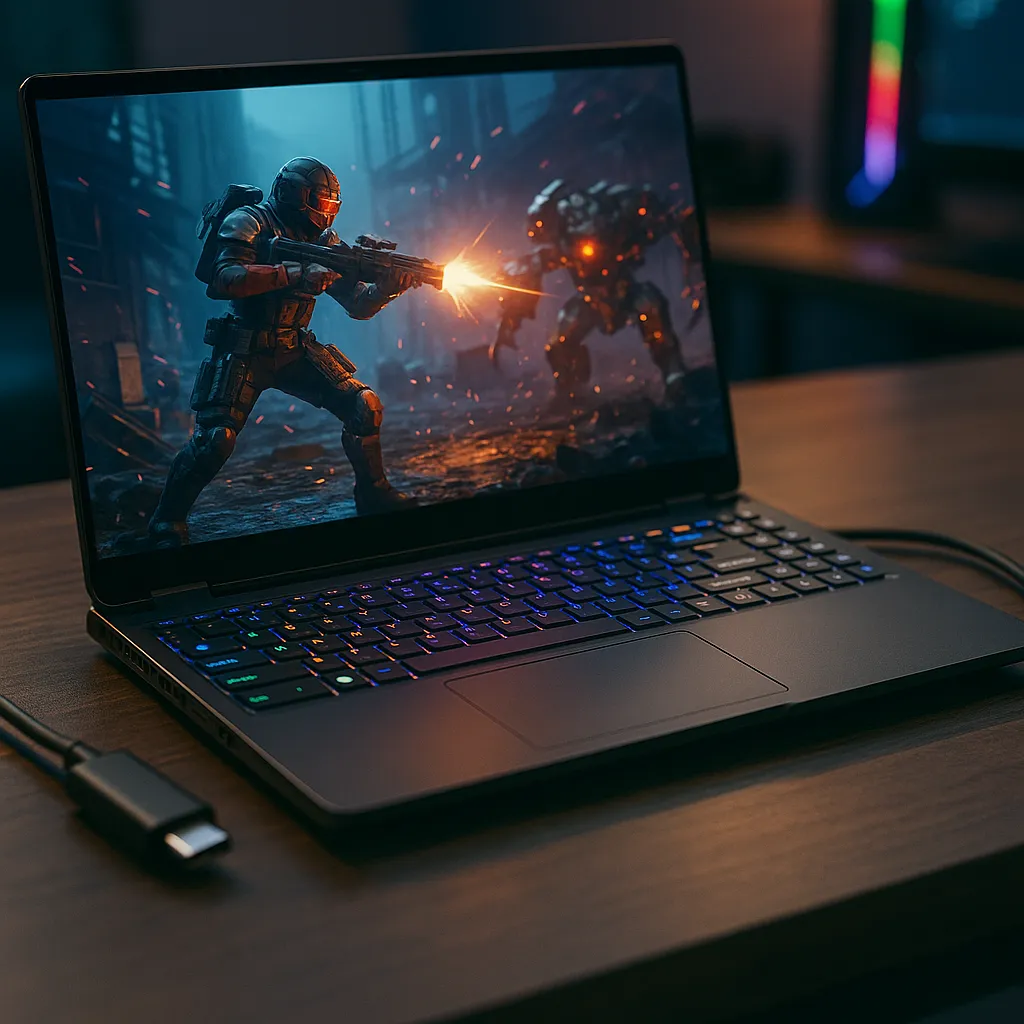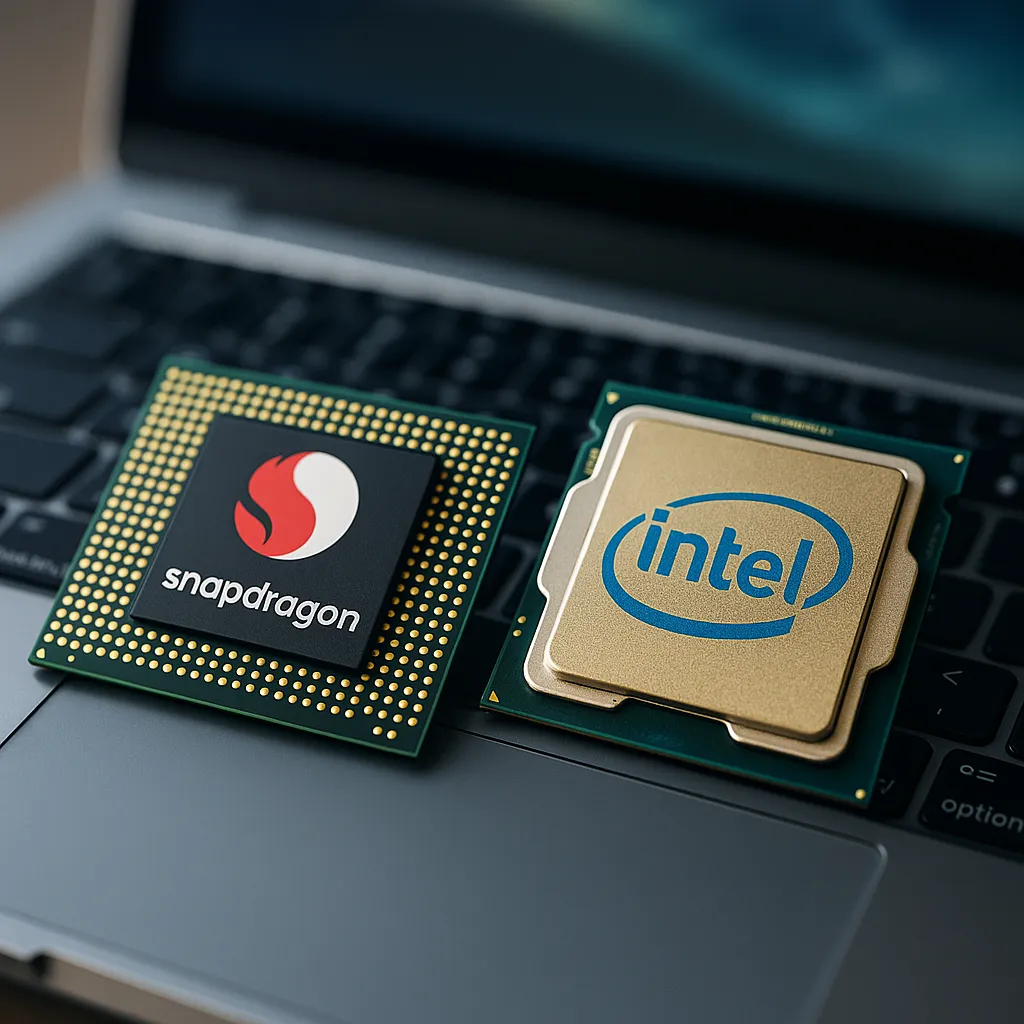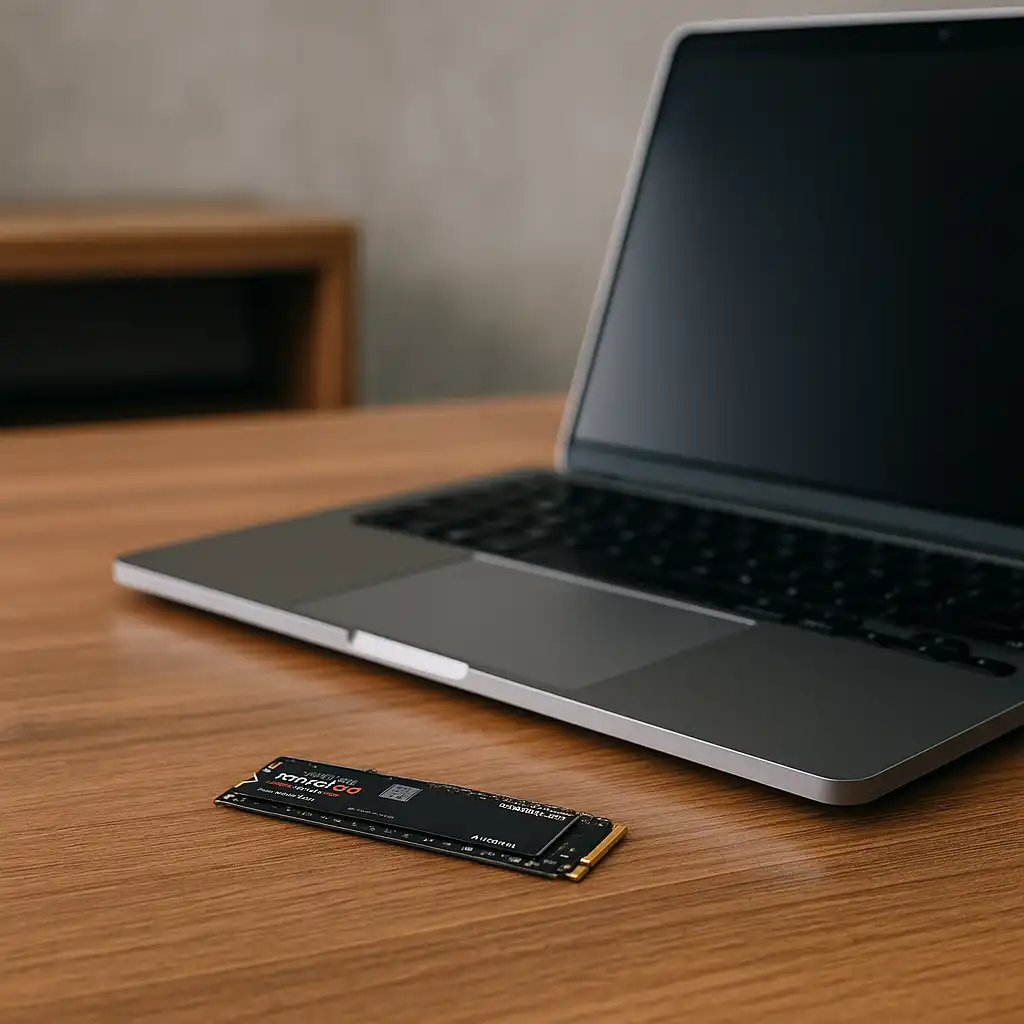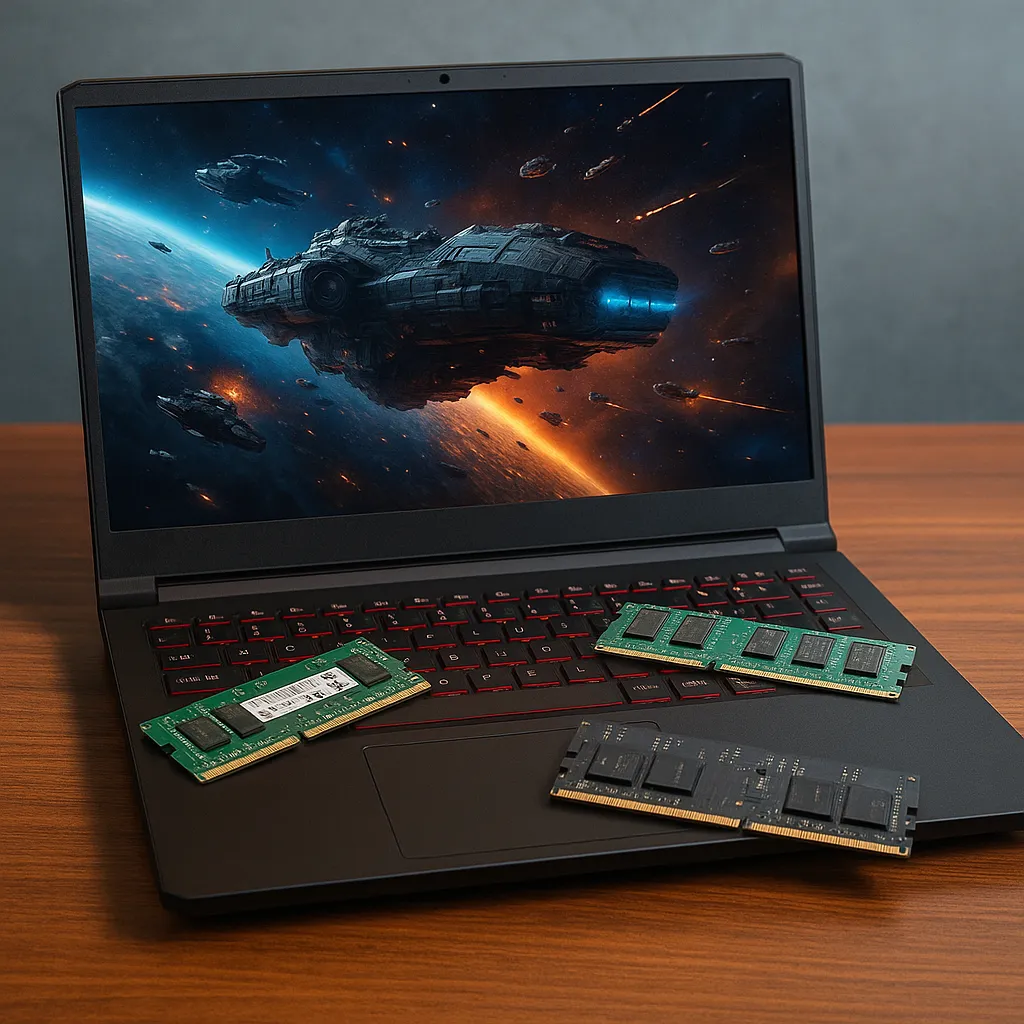How to Check My Laptop Graphics Card in Minutes Like a Pro
Disclosure: This post contains affiliate links. LaptopVoyager.com participates in the Amazon Associates Program and may earn commissions on qualifying purchases, at no extra cost to you.
If you’ve ever wondered whether your laptop has enough power to handle gaming, video editing, or even just high-resolution displays, the first thing you need to know is what kind of graphics card it has. Whether it’s integrated into the processor or a separate dedicated GPU, checking your laptop’s graphics card is easy and can tell you a lot about what your system is capable of. Let’s walk through the different ways to check it using built-in Windows tools and third-party options.
Use Device Manager in Windows
One of the fastest ways to identify your laptop’s graphics card is through Device Manager.
Steps:
- Press Windows + X and select Device Manager
- Expand the Display adapters category
- You’ll see your graphics card listed (e.g., Intel UHD Graphics, AMD Radeon, NVIDIA GeForce)
This method is quick and doesn’t require internet access or additional software. If your laptop has both integrated and dedicated GPUs, it will show both.
Check Graphics Card Details with DirectX Diagnostic Tool
For more detailed information, you can use the built-in DirectX Diagnostic Tool.
Steps:
- Press Windows + R to open the Run dialog
- Type
dxdiagand press Enter - Click the Display tab
- Under Device, check the name, manufacturer, and memory of your graphics card
This tool also provides driver information and display capabilities, making it useful for troubleshooting or verifying driver updates.
Use System Information
System Information is another native Windows tool that gives you an overview of your hardware.
Steps:
- Press Windows + R to open the Run dialog
- Type
msinfo32and press Enter - Navigate to Components > Display
You’ll find details about the adapter type, resolution, color bits, and video RAM. While this method isn’t as straightforward as Device Manager, it provides deeper insights.
Try a Third-Party Tool Like GPU-Z
If you want the most comprehensive breakdown of your GPU, GPU-Z is a free and trusted utility that displays real-time performance metrics, BIOS details, and memory configuration.
What it shows:
- GPU model
- Memory size and type
- Clock speeds
- Driver version
- Temperature and load
This tool is especially helpful if you’re benchmarking or checking compatibility for games and creative software.
Mac Users: Check via About This Mac
If you’re on a MacBook, it’s even simpler:
- Click the Apple menu
- Select About This Mac
- Your graphics card is listed in the Overview tab
Depending on the model, you’ll see whether your Mac has an integrated Intel Iris, Apple’s custom M-series GPU, or a dedicated AMD Radeon card.
Why Knowing Your GPU Matters
Understanding your laptop’s GPU helps you make informed decisions when:
- Installing or upgrading software
- Deciding whether to play certain games
- Using external monitors or VR headsets
- Editing video or rendering 3D graphics
It can also prevent performance issues and help with troubleshooting display-related problems.
Conclusion
Checking your laptop’s graphics card is easy and doesn’t require any special tools. Whether you use Device Manager, the DirectX Diagnostic Tool, or a third-party app like GPU-Z, you can quickly understand what kind of GPU powers your laptop. This knowledge will help you get the most out of your system, whether you’re gaming, designing, or just browsing in style.







